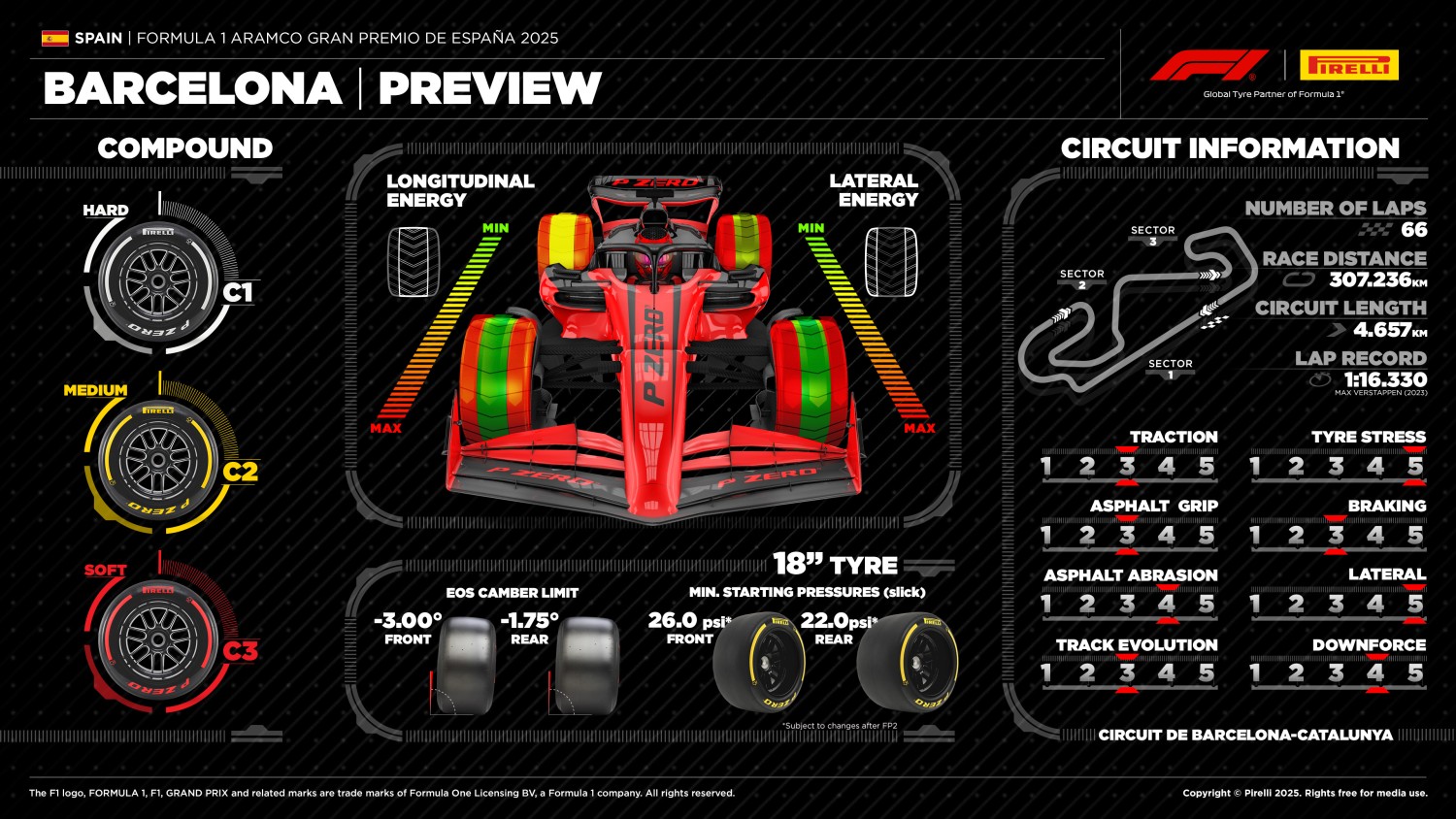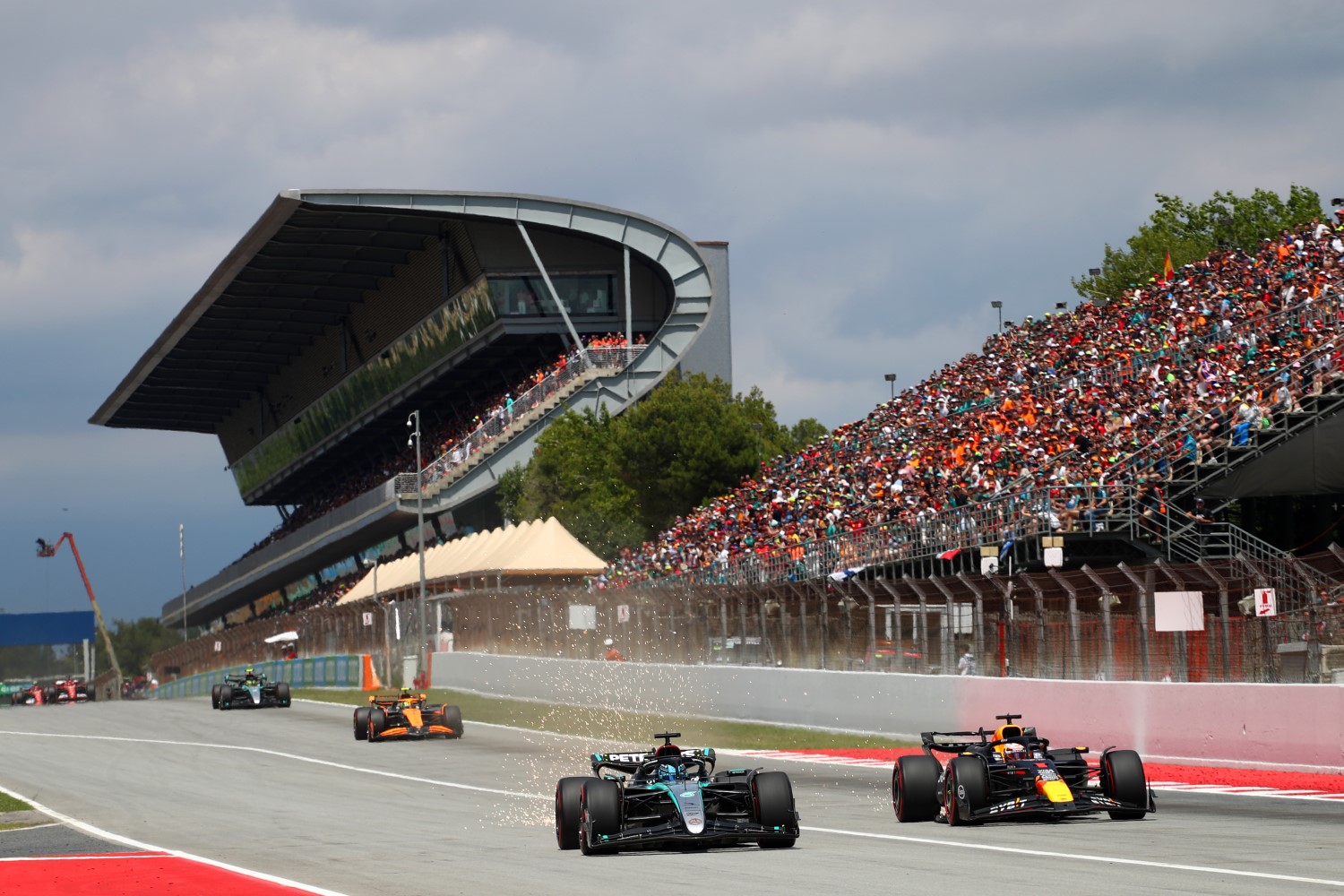Formula 1 News: 2025 Spanish GP at Barcelona Preview
The ten Formula 1 teams move on to Round 9 of the 2025 season this weekend, the Spanish GP, at the Circuit de Barcelona-Catalunya.
Barcelona marks a return to competitive racing at a circuit where aero performance is paramount, so we should see the impact of the new front wing regulations.
Spain’s grand prix is among the most long-standing on the calendar, with Pedrables, Montjuic Park, Jarama and Jerez having all hosted competitions, while Valencia also got in on the act when the country held a second annual event in the 2000s. Spain will welcome a new circuit from next year, with the semi-permanent Madring circuit currently under construction, but for now the well-known Circuit de Barcelona-Catalunya – located on the outskirts of Catalonia’s cultural capital – remains the host venue of the Spanish Grand Prix.
The Circuit de Barcelona-Catalunya, which has hosted the Spanish Grand Prix since 1991, is a high-speed circuit, firmly testing a car’s aerodynamic prowess through some of its flat-out long-radius curves and quick changes of direction. Overtaking is often at a premium at Barcelona, though the lengthy pit straight aids that cause, while drivers also have to be mindful of degradation due to the high and sustained energy loads put through the tires.
Spain’s grand prix can trace its roots back to 1913 and after spells in Barcelona’s district Pedralbes and Montjuic Park, Madrid’s Jarama, and Jerez’s eponymous circuit, the purpose-built Circuit de Barcelona-Catalunya assumed permanent host duties in 1991.
This year’s race is the 55th edition of the Spanish Grand Prix, the 35th to be held at the current venue. It first appeared on the calendar in 1951, becoming a permanent fixture in 1986. The Montmelo track is the fifth to host this Grand Prix: previously it was held at two street circuits in the capital of Catalunya, twice at Pedralbes and four times at Montjuic.
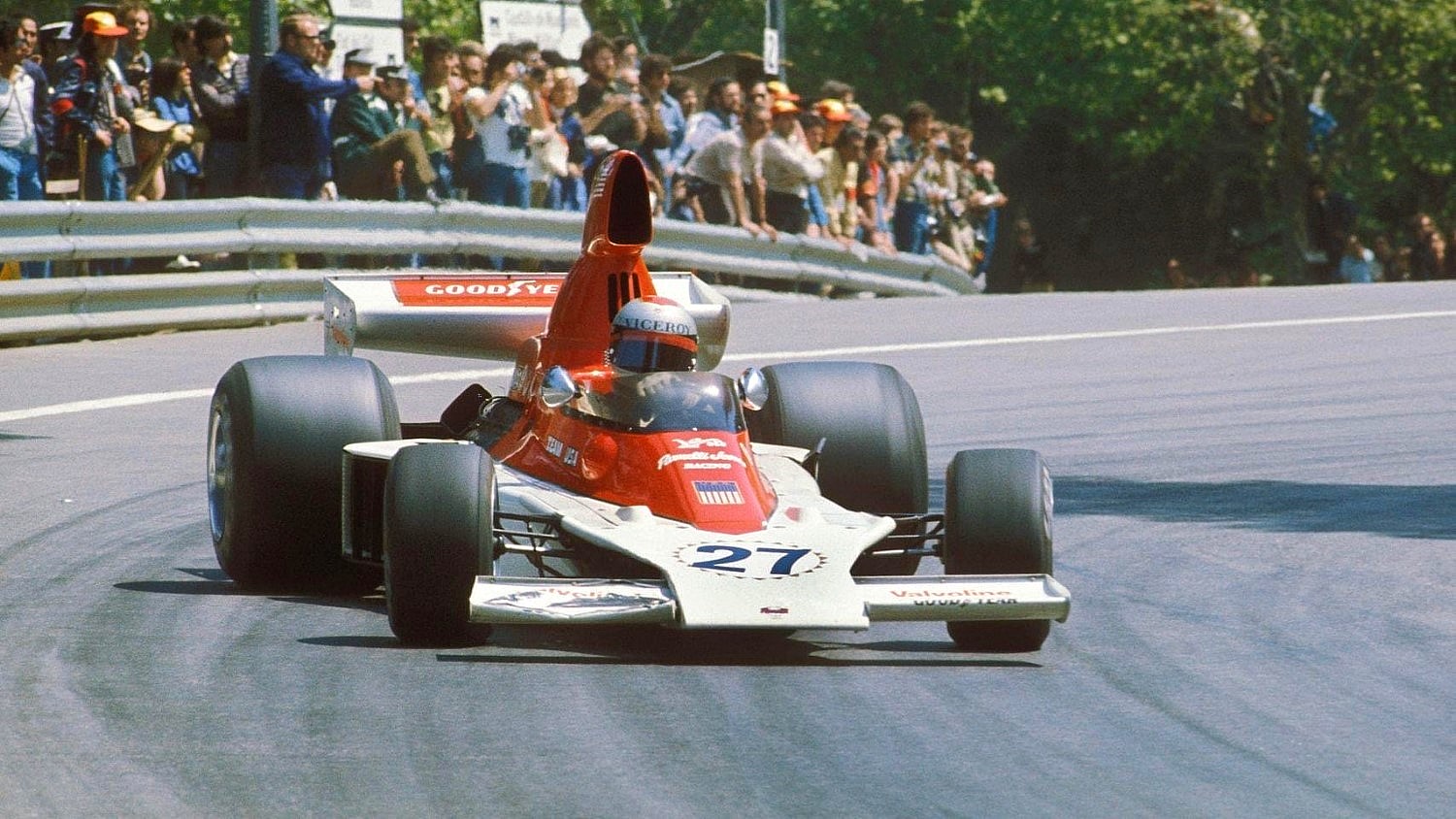
It was also run at the permanent venues of Jarama on the outskirts of Madrid (nine times) and at Jerez de la Frontera in Andalusia (five times). Spain has also hosted a further seven rounds of the world championship, all of them going by the name of the European Grand Prix: in 1994 and 1997 at Jerez and from 2008 to 2012 on the Valencia street circuit.
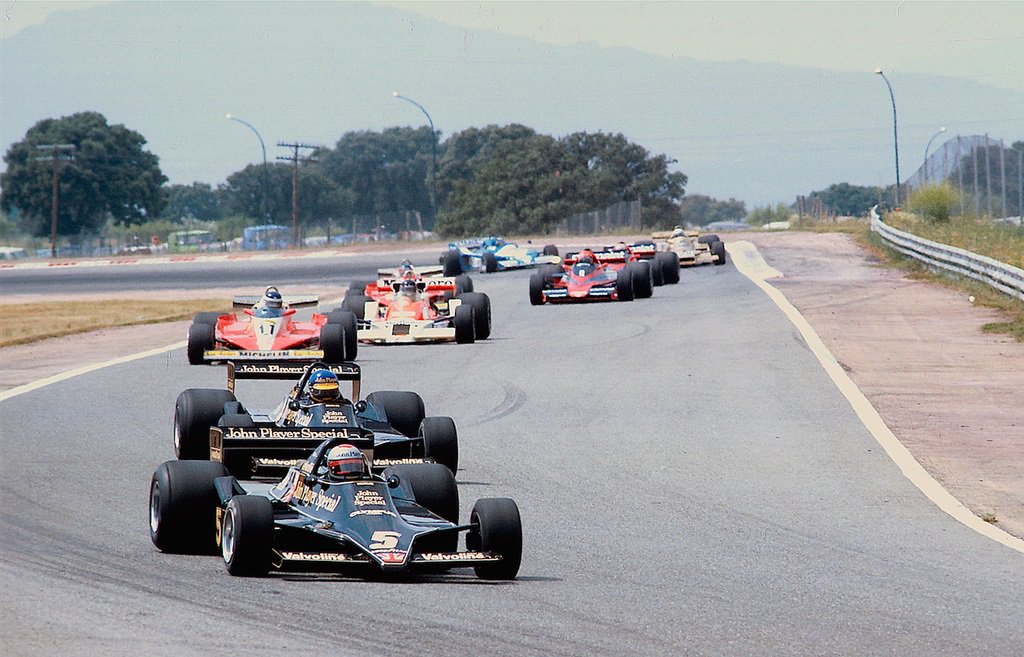
Michael Schumacher and Lewis Hamilton are the most successful drivers at the Spanish Grand Prix, with six wins apiece, while a win in the 1994 European Grand Prix makes Schumacher the most successful when it comes to F1 races on Spanish soil. The German also heads the table for pole positions on 7, fastest race laps (7) and podium finishes (12). Of the constructors, Ferrari leads the way with 12 wins, 14 pole positions and 38 podium finishes.
The 4.6km circuit acts as a firm test of a car’s aerodynamic prowess and tire usage, with a plethora of long-radius corners and quick direction changes. Teams and drivers also have extensive knowledge of the Circuit de Barcelona-Catalunya through its many years as a host venue for pre-season testing,

The track is one of the most complete of any circuit in the world, not just those on the Formula 1 calendar, in terms of the challenges it presents. Apart from its straights, it boasts every possible type of corner, with some of them, such as turn 3 and the combination of 13 and 14 which lead onto the main straight, taken at very high speeds. The lateral forces exerted on the tires, especially on the left hand side of the car are particularly high, partly because nine of the 14 turns are to the right.
For many years, this circuit was home to winter testing for the teams and also marked the start of the European part of the season, which also signified the arrival of the first major upgrades of the year. Recently, changes to pre-season testing and the calendar mean this is no longer the case, but Barcelona is still a probing test, met with trepidation by all the teams because – and in this case the cliché is true – if a car is competitive here, it should be quick at all types of track.
In 2023, the original configuration, used since 1991 when this track first appeared on the Formula 1 calendar, was reinstated. It was changed in 2007 with the insertion of a chicane before the final corner, with the aim of creating another overtaking opportunity, but this did not materialize. In fact, the removal of the chicane, combined with the aerodynamic configuration of the current cars has seen an increase in overtaking here so that last year this track went from being midrange in terms of passing opportunities to one of the top four.
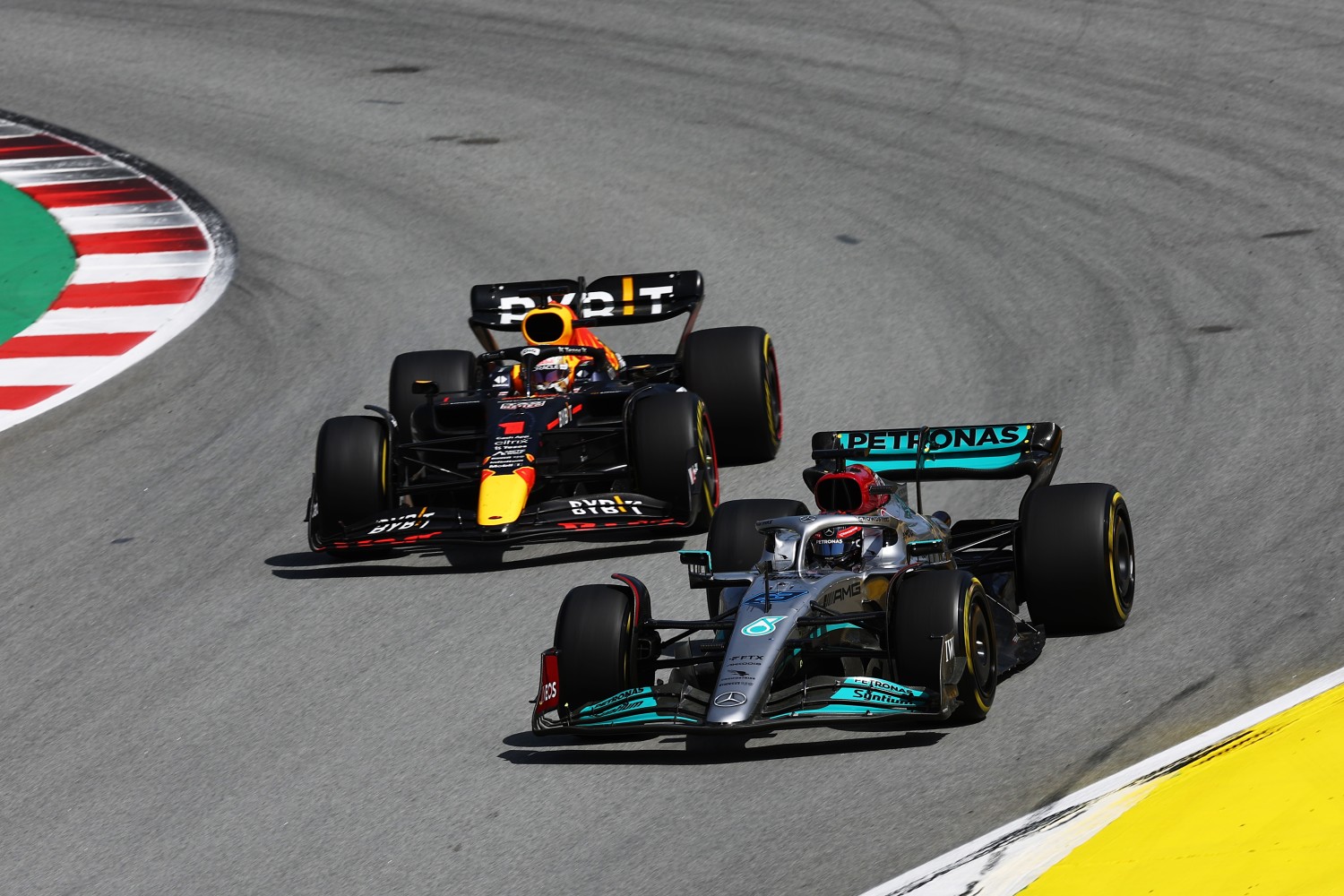
This year’s race takes place three weeks later than in 2023 so it could be hotter and that could add another factor to tire management. This thermal issue could put the C3 at a disadvantage, whereas last year that compound had been quite competitive even in the race, chosen by 16 of the 20 drivers for the first stint.
In terms of strategy, a two-stop should be the quickest option with all compounds possibly coming into play. If degradation is higher, then even a three-stop might be feasible, especially as last year’s race proved that overtaking is easier than in the past.
Another consideration at the Barcelona-Catalunya Circuit is the importance of qualifying. In no fewer than 24 races here, the pole sitter has gone on to be first past the checkered flag and adding to the importance of this statistic is that on four other occasions the driver who was quickest in qualifying retired from the race.
The weather forecast is for typically warm early-June conditions but with a risk of showers during the weekend. We should get all the testing done in the dry but then the rain may start to dictate the program from Saturday afternoon onwards.
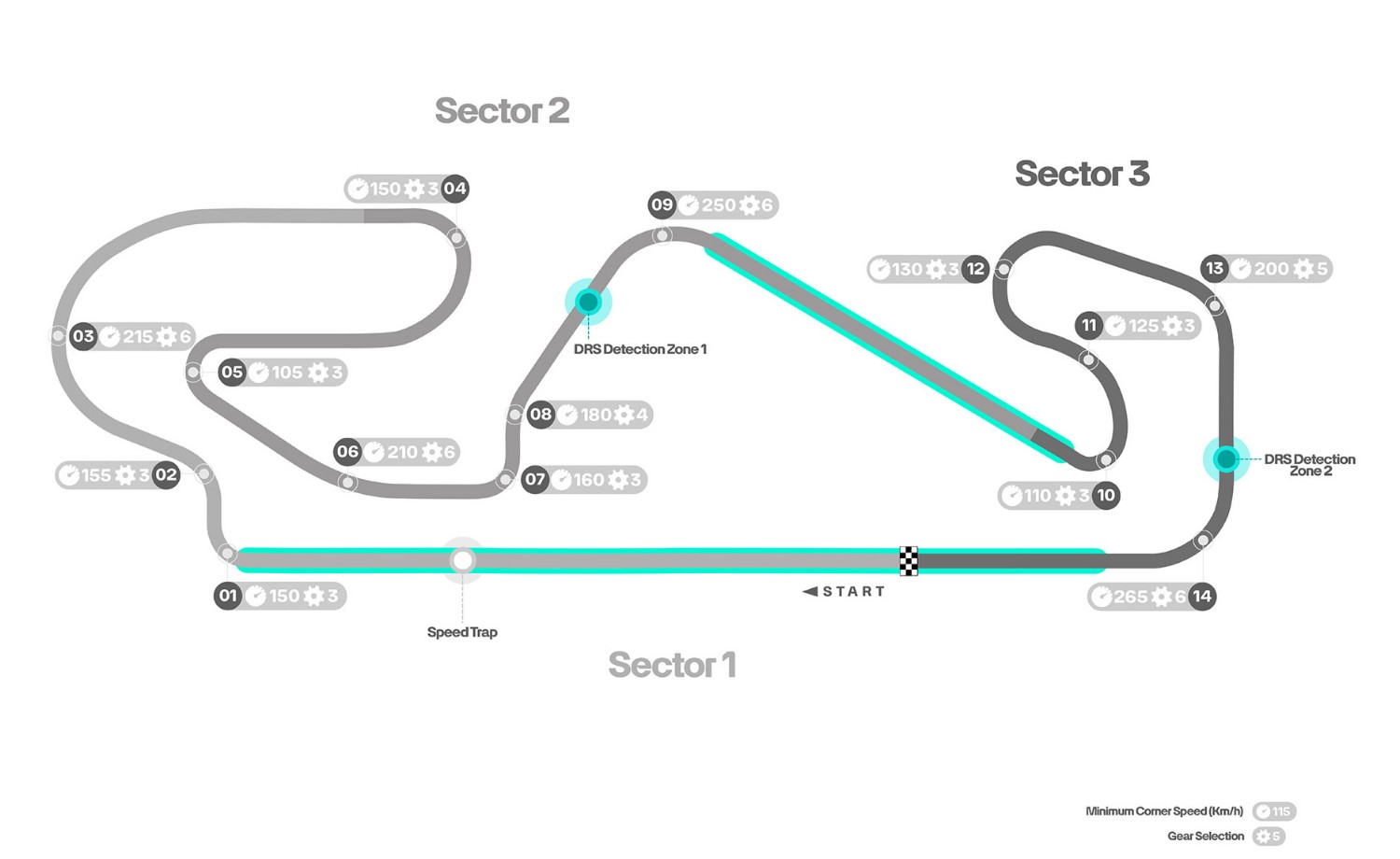
Fact File: Spanish Grand Prix
- The Circuit de Barcelona-Catalunya is an ideal track for testing an F1 car, as it has a wide range of corner types and speeds, plus some long straights. Slow-speed corners like Turns 5 and 10 focus on mechanical grip, but high-speed sections such as Turns 3 and 9 test a car’s aerodynamic grip.
- Sector three is incredibly important and drivers can find a lot of lap time here in the slow corners. It can be rare for a driver to set three purple sectors at the circuit, because maximizing grip and being faster in sector one will overheat the tires for the crucial third sector.
- The chicane in the final sector of the lap was removed for the 2023 race, reverting back to the previous track layout for the final two corners.
- Most of the track’s low-speed turns are left-handers and most of the right-handers are taken at high speeds. So slightly different car set-ups can be used on the left and right-hand sides, and that track characteristic also means the left tires wear out quicker, while the right tires experience lower temperatures.
- 24 of the 34 races that have taken place at the Circuit de Barcelona-Catalunya have been won from pole.
- The start of the ground effect era at the start of 2022 presented a very different challenge for the drivers around the track. For example, the long Turn 3 is now taken at 225 km/h, compared to 240 km/h in 2021. The fast Turn 9 is now a 250 km/h right-hander, whereas in 2021 it was taken at around 265 km/h.
- Barcelona has one of the longest runs from pole position to the braking zone at the first corner, measuring 613 meters.
- The wind at the Circuit de Barcelona-Catalunya often changes during the day. Usually, there is a tailwind on the main straight in the morning, which produces a headwind into the high-speed turns. This helps provide better car stability. It then tends to rotate in the opposite direction in the afternoon making balance more challenging.
- Turn 5 is a unique corner, because drivers approach it differently depending on the session. The camber of the road drops at the apex, which unloads the inside-front tire and increases the risk of lockups. Drivers will take a tighter line in Qualifying as it shortens the distance, but on a race stint, lockups can cause vibrations and damage the tire. So they take a wider line to keep the load off the inside-front and reduce the potential of a lockup.
- By adding another quick right-hander and making T14 faster than before, the new layout now also adds further duty on the left-hand tires. There remain only three left-hand corners now and those are low speed, thus the loading on the tires is extremely asymmetrical.
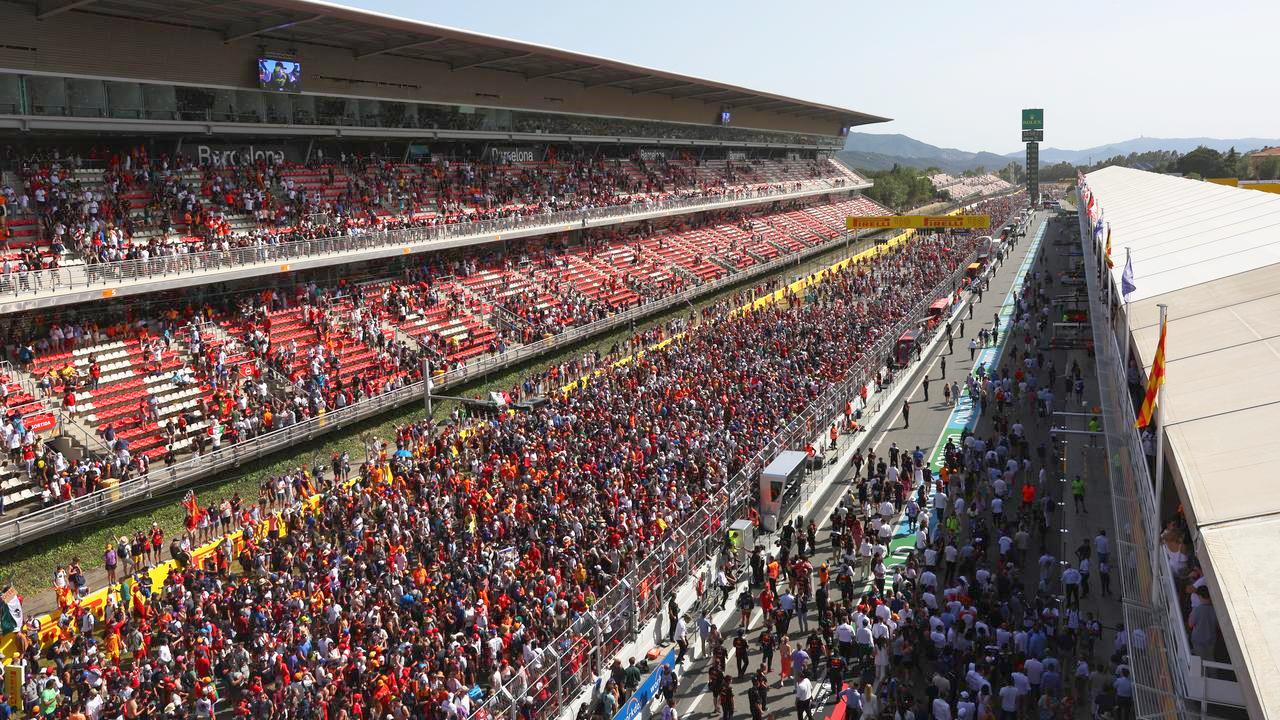
What to Expect
- Race interruptions: Race interruptions are rare in Barcelona. In the hybrid era (since 2014) there have been just four Safety Car deployments, and just two Virtual Safety Car deployments since the system was introduced. As for retirements, there is an average of just three per race, which means plenty of caution-free running.
- Overtaking: Not easy, but there are opportunities given high tire degradation, which means there should be pace differences between cars on different strategies. The long DRS zone on the main straight and the opening turns are where drivers will attempt to make their moves, or down the DRS straight on the run to Turn 10.
- Strategy: Expect a mix of strategies given high tire degradation. Adding to the unknowns, teams aren’t as familiar with the circuit given it’s got a new layout in Sector Three, and the circuit didn’t hold pre-season testing in 2023. There is also a new specification Pirelli slick tire, planned for introduction at Silverstone, to test in Friday practice.
A word from last year’s winner – Max Verstappen
“Monaco wasn’t the most exciting race for us: we did everything right but ultimately there wasn’t much more we could do in the race following the qualifying result. Looking to Spain, the final race of the triple header, we will hopefully see a better performance and something closer to what we had in Imola. I think we should be more comfortable with the car and therefore more competitive. The track has a lot of history and has long corners and high speed turns and is always a good circuit to drive. Spain is where I won my first Formula One race so I have many special memories there and hopefully we can maximise our performance as best we can this week.”
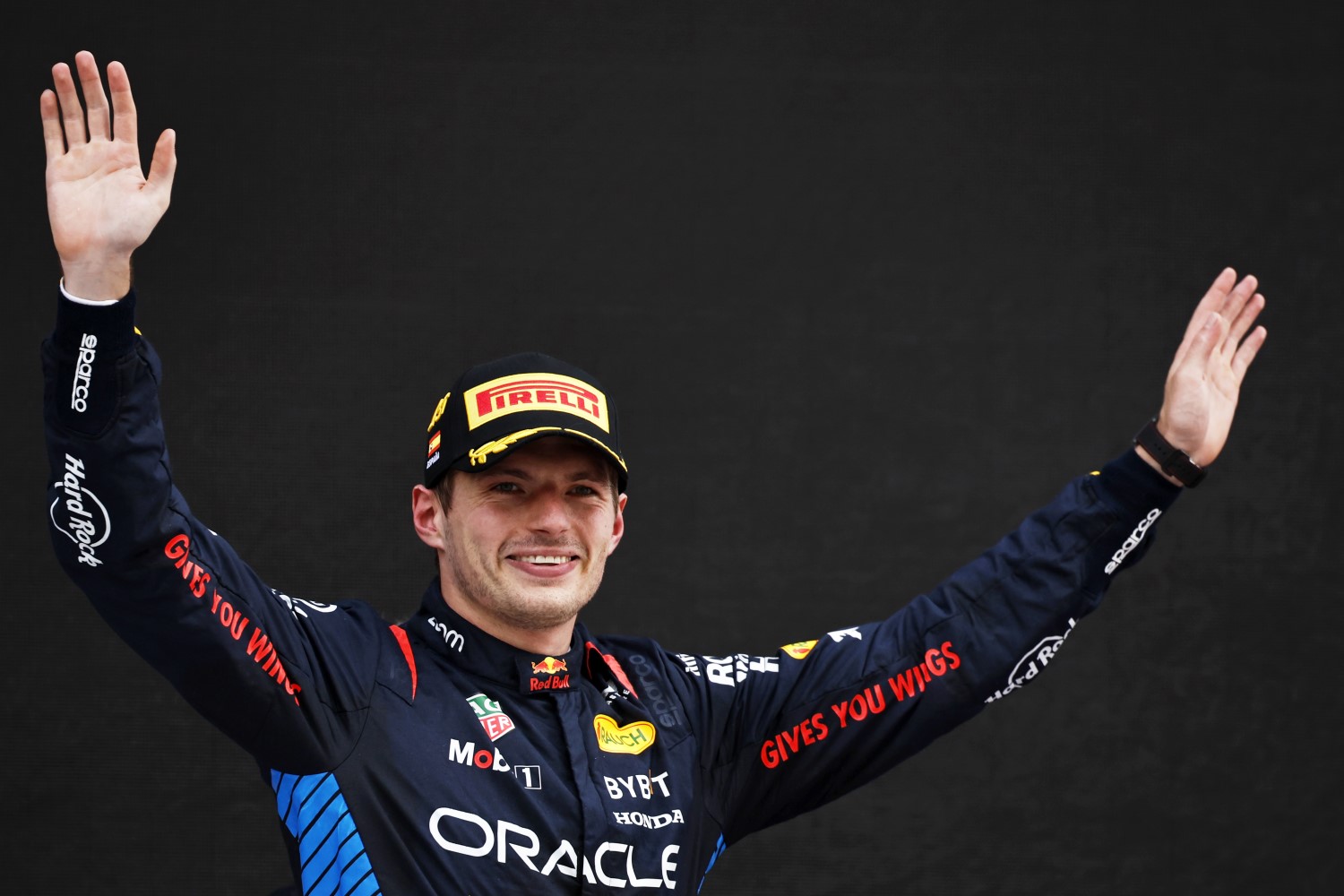
Related Article: F1 News: Verstappen carries inferior RB20 to win 2024 Spanish GP
“Barcelona will be the first race where I will be debuting my new orange helmet. As a tribute to my fans and all of their support, they are actually featured on helmet and I think the final design looks really cool and detailed.
“I have great memories from the circuit, especially winning my first Formula One race there. It has a good mix of high and low-speed corners and we have historically driven well there so hopefully we can maximize the performance of the car this weekend. We are aiming to keep the momentum going from Canada, so we are looking forward to racing this weekend and hopefully have some good weather!”
Fernando Alonso on racing at his home track
Fernando looks ahead to his homecoming at the Spanish Grand Prix this weekend, as we travel to Barcelona for round nine of the 2025 Formula One World Championship.
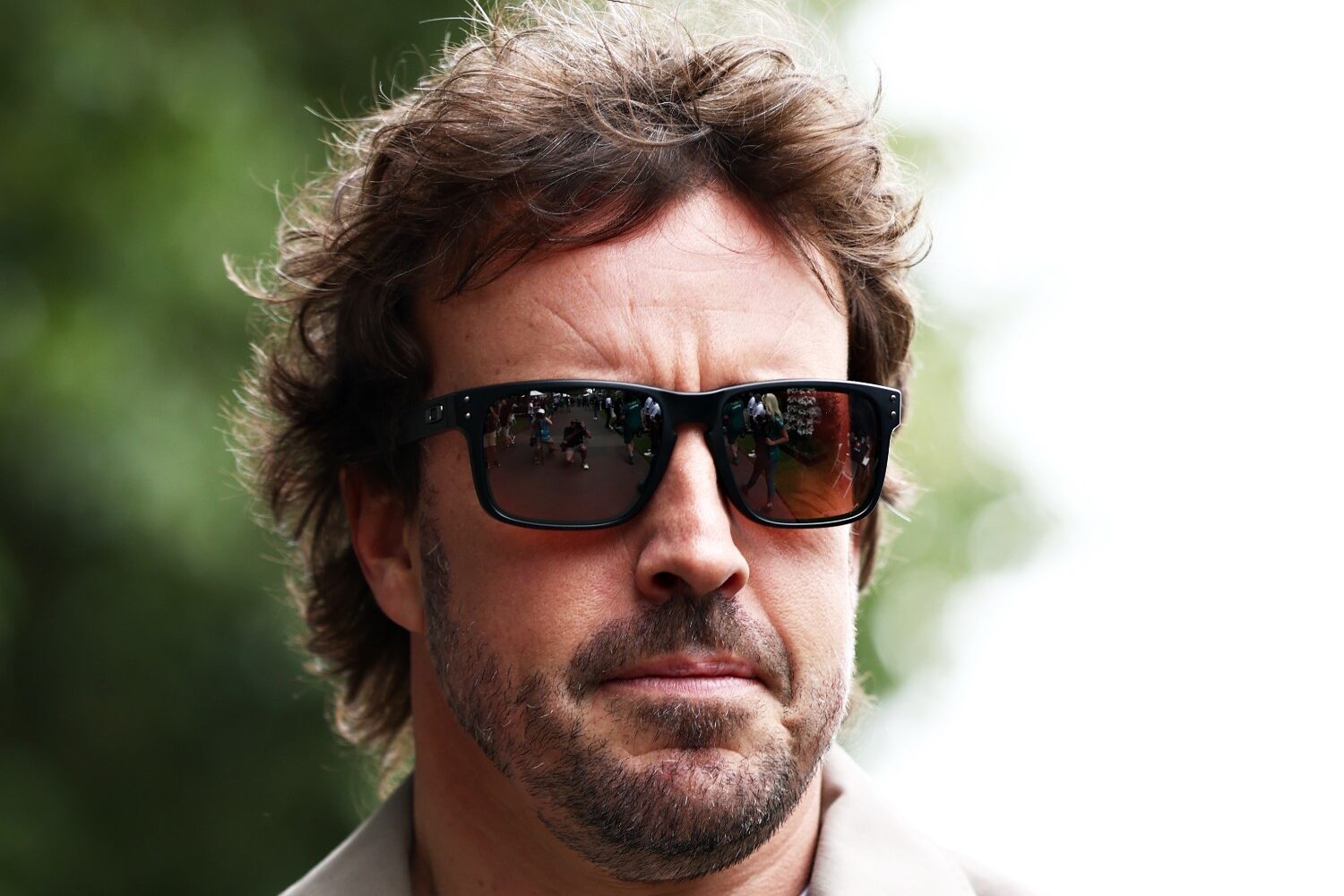
From analyzing the season so far to discussing the unique feeling of racing in front of his compatriots, the two-time World Champion shares his thoughts before we complete the European triple-header at Circuit de Barcelona-Catalunya.
This weekend is no ordinary weekend; it’s your home Grand Prix and you’ve recently been announced as an ambassador for Circuit de Barcelona-Catalunya. How does it feel to have that honor and to be racing in front of the Spanish fans once more?
“I’m delighted to have become an ambassador for the circuit. I’ve had huge support racing at it from my early years in Formula One and I’ve enjoyed victory there too.
“I have amazing memories of the racing at the circuit and sharing those experiences with the Spanish fans, so I have a special connection with the track. I hope I can pass that feeling on to the next generation and help the sport grow even further in Spain.
“The Spanish Grand Prix is always a special moment in the season for me. Racing at home, hearing the fans chant your name in the grandstands; it’s something you never get used to. Every year it’s a privilege to come back and compete in front of them. The atmosphere is electric, and the support gives you that little bit extra behind the wheel.”
You’re heading to the F1 Fan Village in the heart of Barcelona alongside Aston Martin Aramco Team Ambassador Pedro de la Rosa on Wednesday evening. How much are you looking forward to spending time with the fans?
“It’ll be good to see some of the fans before the weekend starts, and I know Pedro is looking forward to it as well.
“We get huge support throughout the race weekend trackside and at the F1 Fanzone at the circuit, but this is an opportunity for fans to see us in a different setting and for those that can’t make the race to still come along and get a taste of F1. It’s in the heart of the city so there’ll be lots of people there and I hope plenty in Aston Martin Racing Green.”
What’s your take on our season so far?
“Of course, it’s been a challenging season up to this point and we’ve not got the results we would have liked but there are positives to take, particularly from the last couple of rounds.
“Securing top 10 starting positions for both the Emilia-Romagna and Monaco Grands Prix shows that the recent updates we’ve made to the AMR25 have improved our one-lap pace.
“We’ve just been on the wrong side of luck on Sunday when it comes to Grands Prix; one down to the timing of a VSC and one because of an issue with the car.
“Hopefully that misfortune will change soon and we can be there to take advantage. I’m looking forward to getting back in the car and seeing what we can do this weekend.”
Circuit de Barcelona-Catalunya is a circuit every driver knows well. What are the biggest challenges of racing there?
“It provides a thorough examination of all aspects of the car, that’s why it’s been used so regularly as a test track over the years.
“There are long straights, fast corner sequences and also some slower-speed sections which all provide different challenges that you need to tackle.
“The layout demands a lot from the aero package with the long corners, and it’s also physical with high g-forces through the fast sections. Tyre management is always a factor too because of the long, fast corners and the usually high track temperatures.”
Managing Technical Partner Adrian Newey was trackside with the team for the first time at the Monaco Grand Prix. Did you get much opportunity to chat with him?
“We had some good conversations over the weekend, and it was great to see him at a circuit with us in green.
“I’ve spoken to him a few times already since his arrival and it’s exciting to have him working with the team and helping us on our journey. Lance and I spent some time with him a few weeks ago at the AMR Technology Campus, and he shared some of his thoughts and insights on the 2026 car.
“It’s positive to have Adrian with us. He’s had a huge impact on the sport and it’s great to be able to work together – we’ve come close in the past and I’m thrilled it’s finally happened.”
Unlocking the Lap
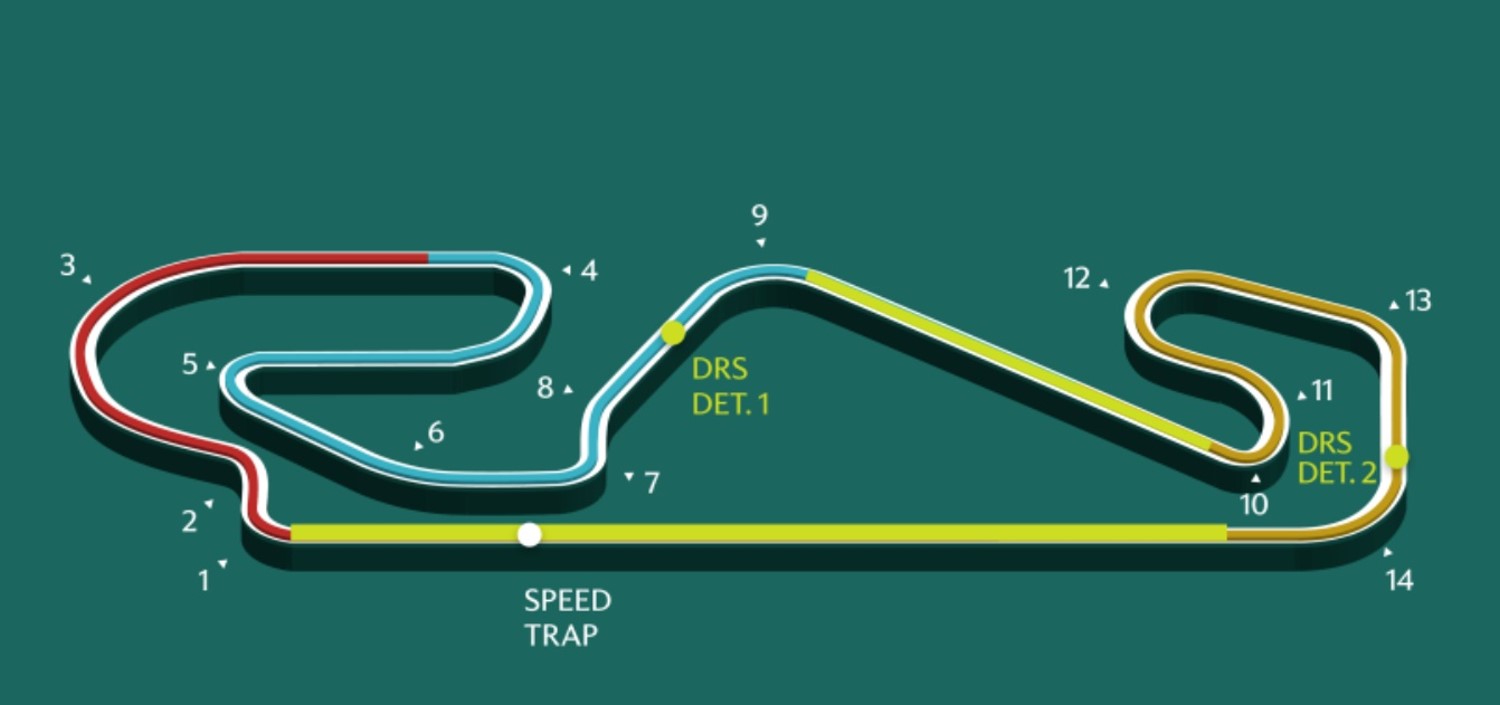
The lap begins with a short run to the opening two corners, a right-left hop uphill that can be difficult to take when 20 cars are jostling for position at the start of the race. It’s a case of hanging on into Turn Three, where the bravest will try to pass around the outside of this high-speed uphill run. Turn Four sets drivers up for the challenging downhill Turn Five.
Soon, it’s flat out through Turn Nine and down the DRS straight towards Turn 10. This is the most demanding corner on the brakes and an area where a late dive down the inside of a rival can prove tempting in an attempt to gain a position.
A short squeeze of the throttle and Turn 11 is up next, immediately leading to the medium-speed right-hander of Turn 12. Turns 13 and 14 now conclude a lap at Circuit de Barcelona-Catalunya, as the final right-hander and chicane have been replaced with this pair of flat-out corners that lead onto the long main straight.
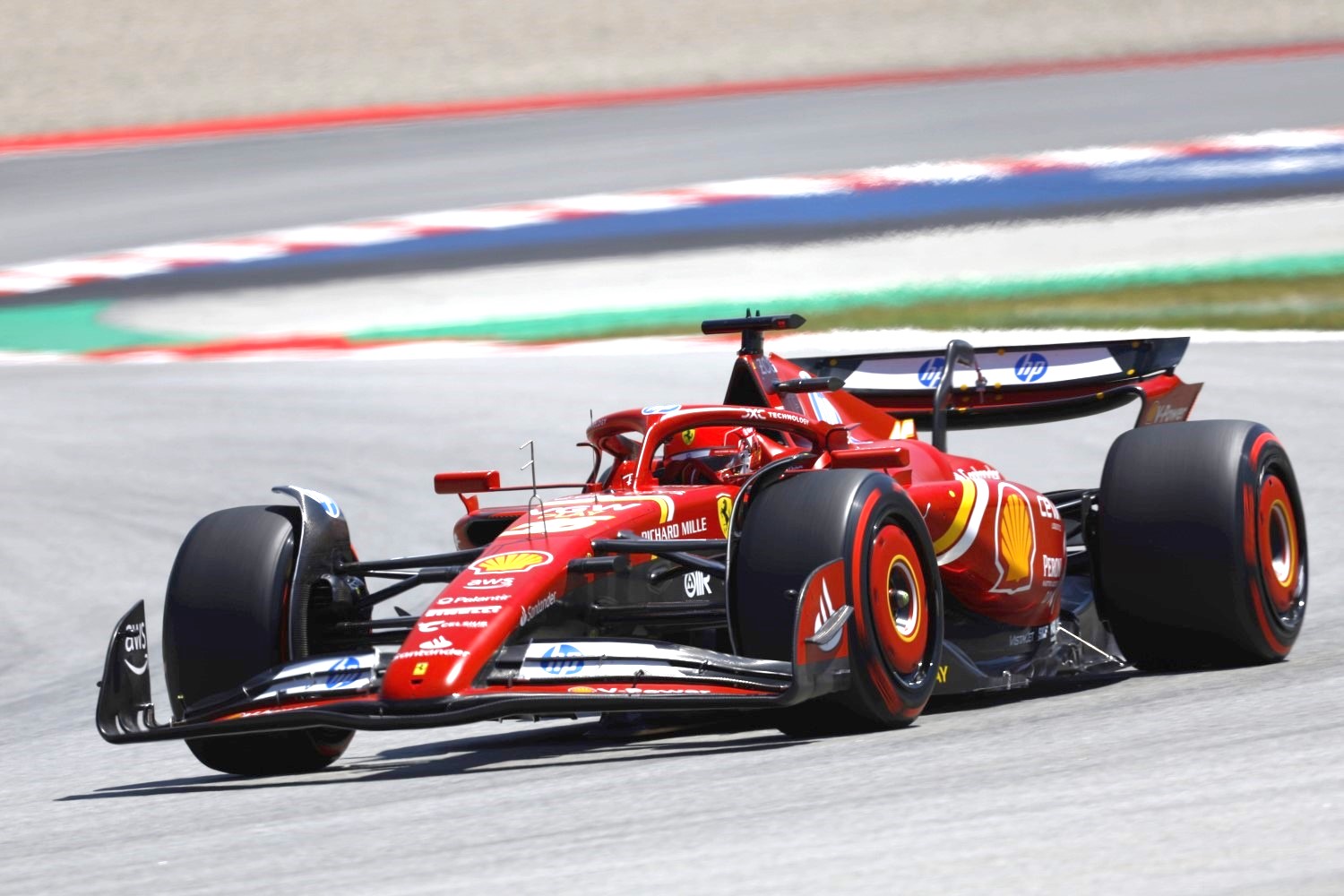
The combination of track changes, additional Pirelli tire testing and no pre-season test at Barcelona this year means its use as a ‘reference’ track is slightly diminished, but Barcelona will still be a useful benchmark.
For one thing, it’s the first permanent track we’ve raced at in 2023 since Bahrain, so is a better indicator for the upcoming European races than the temporary street tracks we’ve grown accustomed to in recent rounds.
Its position as the first European race of the year, as well as a popular test track, was a historic reason that many teams brought their first major updates to Spain. Teams and drivers have all run thousands of laps over years of visiting the track, so it’s as close to a known environment as you can get in the world of F1 racetracks.
A relatively warm and predictable climate means plenty of uninterrupted running, while there are numerous high- and medium- corners to test every aspect of the car’s performance – although the final trio of low-speed turns has been replaced by a high-speed pair of corners leading onto the main straight.
Weather Forecast
According to Weather.com, we will be having a dry and warm race weekend in Spain. Temperatures will be 80 to 85 degrees-F all weekend, with sunny skies and a near zero percent chance of rain.
Pirelli Tires for the Spanish GP
Not only is the track challenging for the cars, it also places high demands on the tires. After two consecutive rounds featuring the softest trio in the 2025 range, as usual Pirelli has chosen the hardest, namely the C1 as Hard, the C2 as Medium and the C3 as Soft. The three compounds have been revised since last year, especially the C2, making the performance gaps between them more equidistant. That could lead to the Medium and Soft being favored for the race.
The forces exerted on the tires are medium to high, because of the many fast corners, such as turn 3 and the final two, both of them righthanders. The corner of the car subjected to the greatest stress is the front left, as right-hand turns are in the majority.
Even if the Barcelona-Catalunya circuit is no longer much used for testing by the teams, because of the virtual elimination of in-season testing and a reduction in pre-season work, it is still a very important test bench. That’s why Pirelli has chosen to test here for a third time, following on from September 2024 and this January, working on development of tires for next season. The test takes place on Tuesday 3 and Wednesday 4 June, with the help of Mercedes drivers on both days, Racing Bulls on Tuesday and Red Bull on Wednesday.
